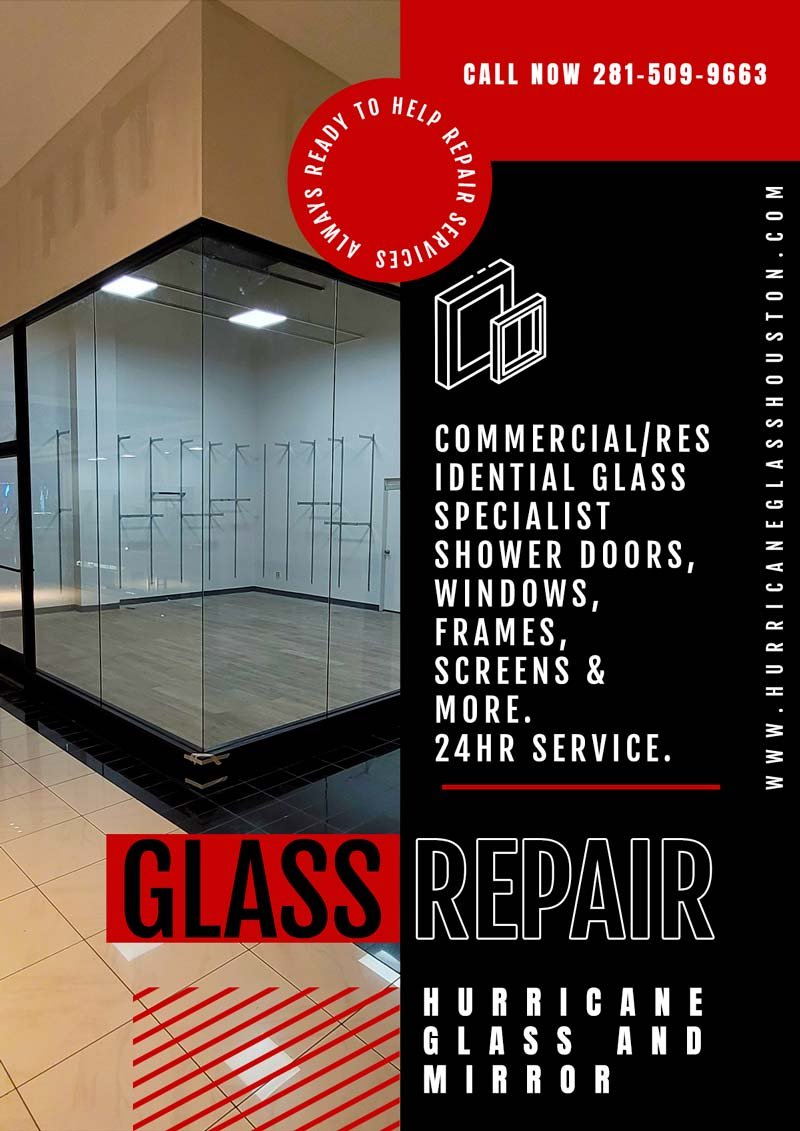Though generally regarded as practical items, mirrors can be used to dazzling effect in thoughtful and aesthetically pleasing design schemes. Whether reflecting light from a bay window or adding a sparkling element to a kitchen’s backsplash, mirrors are highly versatile. Ask a design professional at any glass company located in Houston, and he or she will say that when mirrors are used correctly, they can add depth and dimension, as well as visual interest, to any room in your home. However, if used haphazardly, mirrors can bring attention to things in your home that you may not necessarily want to spotlight. Here are some pointers on how to use mirrors the right way in interior design.

Use Mirrors as Focal Points
There aren’t many things that are more elegant in a home than a beautifully framed, full length mirror, placed on the floor and leaning against a wall. Not only can it be a statement piece, but it can also serve a practical purpose when strategically propped in a dressing area. Mirrored furniture, such as a chest of drawers or a desk, are also great candidates for being focal-point pieces.
If you’re having trouble decorating a small room or a narrow hallway, you should utilize a well-placed mirror. Large mirrors in small rooms trick the eye into seeing depth that’s not actually there, making those spaces seem larger than they are. Similarly, a horizontal mirror placed in a narrow hallway can trick the eye into seeing width, making the space seem wider and creating a nicer transition between two rooms or entryways.
Use Mirrors Intentionally
Be very deliberate when choosing to use mirrors. Don’t use them randomly or as an afterthought. A mirror that’s thoughtlessly placed in a room can highlight unsightly things you really don’t want to see such as clutter, damage on walls or furniture, bad views from windows, or unattractive furniture pieces. Also, you should consider adopting some or all of the principals of feng shui—there is a bounty of information online or at your local bookstore regarding this ancient Chinese practice.




0 Comments